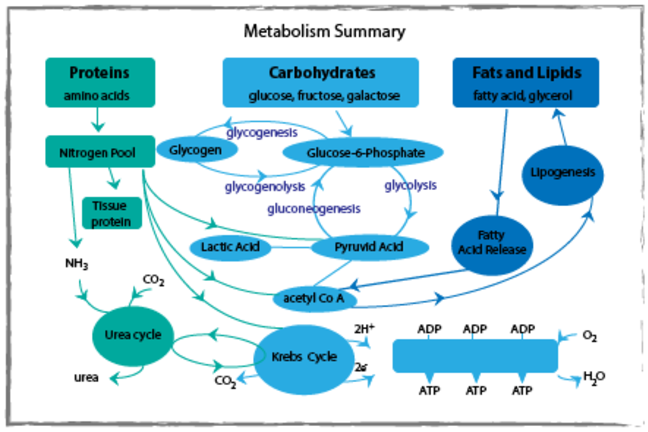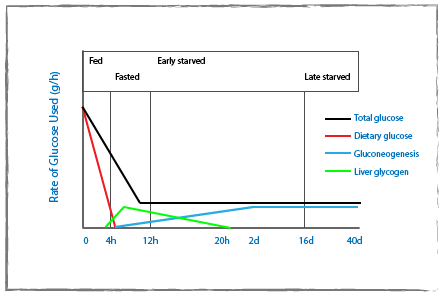Home / Healthcare & Medicine / Biology & Biotechnology / Understanding Insulin / How the body produces glucose when we are fasting

Reach your personal and professional goals
Unlock access to hundreds of expert online courses and degrees from top universities and educators to gain accredited qualifications and professional CV-building certificates.
Join over 18 million learners to launch, switch or build upon your career, all at your own pace, across a wide range of topic areas.

 Figure: Metabolism is a complex and interlinked process. Gluconeogenesis and glycogenesis are important pathways in metabolism, to raise blood concentrations.
Figure: Metabolism is a complex and interlinked process. Gluconeogenesis and glycogenesis are important pathways in metabolism, to raise blood concentrations. Figure: release of glucose from stored glycogen
Figure: release of glucose from stored glycogen







